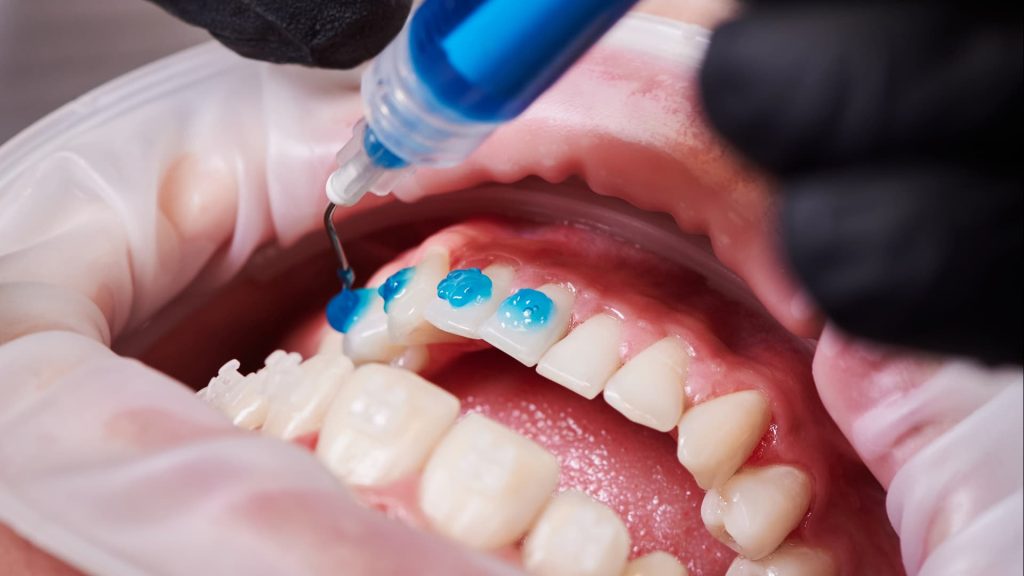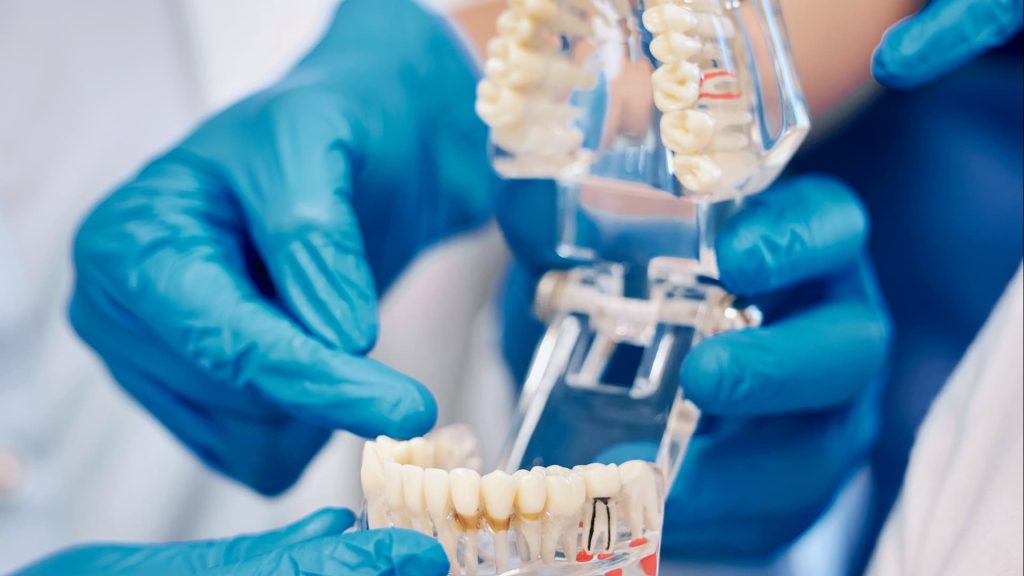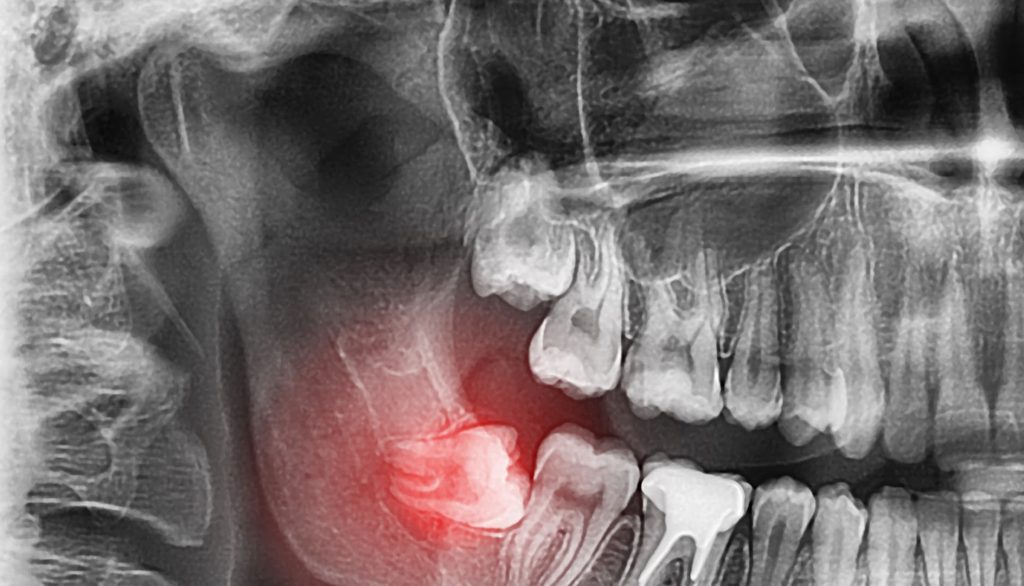- Fairfax: 703.226.2222
- Reston: 703.391.2222
- Set Up An Appointment
September, 2025
Why Familiarity Matters With Dental Procedures
Visiting the dentist can feel overwhelming, especially when faced with unfamiliar treatments. Understanding the most common dental procedures, how they’re performed, why they’re important, and what to expect, can help ease anxiety and empower you to make informed decisions about your oral health.

This post covers essential information every patient should know before stepping into the dental chair, so you feel confident and prepared for your next visit.
Routine Care That Protects Your Smile
Maintaining a healthy smile starts with consistent routine care. Here are some of the key services your dentist provides to keep your teeth and gums in top shape:
Dental Exams & Professional Cleanings
Regular exams allow your dentist to spot potential issues early, while professional cleanings remove plaque and tartar buildup that you can’t eliminate at home. Together, they form the foundation of good oral health.
Early Cavity Detection
Using X-rays and visual checks, dentists identify cavities in their earliest stages, allowing for less invasive treatments and preventing more serious damage down the road.
Preventive Sealants
These protective coatings are applied to the chewing surfaces of molars to seal out bacteria and reduce the risk of decay. It is especially helpful for children and adults prone to cavities.

Fillings and Restorations: Fixing What’s Damaged
When tooth decay or damage occurs, fillings and restorations are essential to restore your tooth’s strength and function. There are two common types of fillings: composite and amalgam. Composite fillings are tooth-colored and blend naturally with your smile, making them a popular choice for visible areas. Amalgam fillings, made from a durable metal alloy, are often used for back teeth where strength is a priority.
During a filling appointment, your dentist will first numb the area with a local anesthetic to ensure you remain comfortable throughout the procedure. They will then remove the decayed or damaged portion of the tooth, clean the area, and carefully place the filling material. Composite fillings are hardened using a special curing light, while amalgam fillings set on their own. The entire process usually takes between 30 and 60 minutes.
Cost is another factor to consider. Composite fillings tend to be more expensive than amalgam due to their aesthetic benefits and the materials used. Insurance coverage can vary, so it’s a good idea to discuss costs and payment options with your dental provider before the procedure.

When Teeth Need Reinforcement: Crowns & Bridges
Sometimes a filling isn’t enough to restore a tooth’s strength. Crowns are often recommended after a root canal or when a tooth has a very large filling. By completely covering the tooth, a crown provides reinforcement, protects against fractures, and restores normal chewing function.
Bridges, on the other hand, are used to replace one or more missing teeth. They work by anchoring an artificial tooth to the natural teeth or implants on either side of the gap, creating a secure and natural-looking solution.
Both crowns and bridges can be made from different materials. All-ceramic crowns offer excellent aesthetics, blending seamlessly with natural teeth, while porcelain-fused-to-metal crowns provide added strength for back teeth. The choice depends on the tooth’s location, your bite, and cosmetic preferences.

Tooth Removal: When Extractions Are the Best Option
While dentists always aim to save natural teeth whenever possible, sometimes removal is the healthiest choice. Common reasons for extraction include severe decay, advanced gum disease, fractures below the gumline, or impacted wisdom teeth that threaten neighboring teeth.
There are two main types of extractions. A simple extraction is performed when the tooth is visible and can be removed with standard instruments. A surgical extraction is required if the tooth is broken, impacted, or not fully erupted, and may involve small incisions or sectioning the tooth for safe removal.
After an extraction, patients can expect some soreness and swelling as part of the healing process. Following the dentist’s instructions such as resting, using ice packs, and avoiding certain foods helps reduce discomfort and supports proper recovery.

Saving Natural Teeth: Root Canal Therapy
A root canal is one of the most effective ways to save a tooth that would otherwise need to be removed. The procedure involves carefully cleaning out infected or inflamed tissue from inside the tooth, disinfecting the space, and sealing it to prevent further issues. A crown is often placed afterward to strengthen and protect the treated tooth.
Signs that you may need a root canal include persistent tooth pain, prolonged sensitivity to hot or cold, swelling around the gums, or darkening of the tooth. Left untreated, these symptoms can worsen and may eventually lead to tooth loss.
Despite common myths, root canals are not more painful than other dental procedures. In fact, modern techniques make the treatment relatively comfortable and patients often find relief after the source of their pain is addressed. Root canal therapy also has an excellent success rate, allowing natural teeth to last for decades with proper care.
Gum Treatments: Restoring a Healthy Foundation
Healthy gums are the foundation of a healthy smile. When gum disease develops, it can silently damage the tissues and bone that support your teeth. Early intervention often begins with deep cleanings, known as scaling and root planing, where plaque and tartar are carefully removed from below the gumline, and the tooth roots are smoothed to help gums reattach.
For patients with a history of gum disease, ongoing periodontal maintenance appointments are essential. These visits go beyond standard cleanings, targeting areas where bacteria tend to return and monitoring for signs of progression.
In more advanced cases, surgical treatments may be recommended. Flap surgery allows the dentist to gently lift the gums to clean deeply around the teeth, while bone grafting can rebuild areas where bone has been lost. Together, these treatments help restore stability, reduce infection risk, and protect your natural teeth for the long term.
Dental Implants: A Permanent Solution for Missing Teeth
Dental implants are a long-term solution for replacing missing teeth. An implant consists of a small titanium post that is surgically placed into the jawbone, where it acts as an artificial tooth root. Over several months, the bone fuses with the implant in a process called osseointegration, creating a stable foundation for a crown, bridge, or full arch of teeth. Temporary restorations may be used during healing to maintain aesthetics and function.
Not everyone is an immediate candidate for implants. Adequate bone density, good oral hygiene, and overall health are important factors in determining eligibility. In some cases, bone grafting or sinus lifts may be necessary to prepare the jaw for implant placement.
Compared with dentures or bridges, implants offer several advantages. They preserve jawbone health, provide superior chewing strength, and feel and function much like natural teeth. Unlike bridges, implants do not require altering adjacent teeth, and unlike removable dentures, they remain fixed in place, eliminating slipping or discomfort. With proper care, dental implants can last decades, making them a reliable investment in both function and aesthetics.
Cosmetic Procedures That Transform Your Smile
Cosmetic dentistry offers solutions that go beyond function, helping patients achieve a confident and attractive smile. One of the most versatile options is porcelain veneers, thin, custom-made shells that bond to the front of teeth to correct chips, deep stains, small gaps, or minor alignment issues. Veneers are durable, natural-looking, and can completely reshape a smile in just a few appointments.
For patients mainly concerned with discoloration, professional teeth whitening provides a safe and effective way to brighten teeth several shades lighter. Unlike over-the-counter products, in-office or dentist-supervised treatments deliver faster results while minimizing sensitivity.
Another option is gum contouring, a procedure that reshapes the gumline for a more balanced appearance. This is especially helpful for patients with a “gummy smile” or uneven gum levels, creating a proportional frame for the teeth.
Together, these treatments can significantly enhance both the look and confidence of your smile, whether you’re preparing for a big event or simply want to feel your best every day.
Emergency Dental Situations: What to Do
Dental emergencies can happen suddenly and often cause stress or uncertainty about what steps to take. A true dental emergency typically involves severe pain, a broken or knocked-out tooth, uncontrolled bleeding, or significant swelling that could affect breathing. Recognizing these situations quickly can make all the difference in protecting your health and preserving your teeth.
If you experience sudden tooth pain, a chipped or broken tooth, or swelling in your mouth or face, the first step is to call your dentist right away. Many dental offices reserve time for urgent cases and can provide same-day care. In the meantime, simple measures such as rinsing with warm water, applying a cold compress to reduce swelling, or keeping a knocked-out tooth moist in milk or saline solution can help protect the tooth until treatment is provided.
It’s also important to know when to head to the emergency room instead of the dental chair. If swelling makes it difficult to breathe or swallow, or if you have an injury involving the jaw or face, the ER is the safest first stop. For most other urgent issues, such as abscesses, broken restorations, or sudden toothaches, your dentist is best equipped to provide treatment.
What Happens After Dental Treatments: Recovery & Follow-Up
Recovery after dental procedures varies depending on the type and complexity of the treatment. Routine cleanings and simple fillings typically allow you to return to normal activities immediately, while more involved procedures such as extractions, root canals, or implant placements may require several days or even weeks for full recovery. Your dentist will provide a clear timeline based on your individual procedure and health.
Post-treatment care is essential for optimal healing. Maintaining proper oral hygiene by brushing and flossing gently, following dietary recommendations such as soft foods after extractions, and taking prescribed medications or over-the-counter pain relievers can significantly improve comfort and prevent complications.
Monitoring your recovery and attending follow-up visits helps your dentist detect any potential issues early. Signs of concern, such as persistent swelling, bleeding, or unusual pain, should be reported immediately. By following your dentist’s guidance, you can minimize the risk of infection or other complications and ensure that your treatment results last as long as possible.
Choosing the Right Procedure for Your Needs
Every patient’s dental needs are unique, and treatment plans should reflect that. Dentists evaluate factors such as oral health, medical history, lifestyle, and aesthetic goals to create a personalized plan that addresses both function and appearance. This approach ensures that the recommended procedures are effective, safe, and aligned with your long-term oral health.
Seeking a second opinion can be helpful if you are unsure about a recommended treatment or if multiple options are available. A second perspective may provide additional insights, confirm the best course of action, or present alternatives you hadn’t considered.
When deciding on procedures, it’s important to weigh cost, comfort, and expected outcomes. Understanding the benefits and limitations of each option, the recovery process, and potential long-term effects helps you make informed choices. Your dentist can guide you through these considerations, helping you select the procedures that best meet your needs and support a healthy, confident smile.
Wrap-Up: Start with a Personalized Dental Plan
No two smiles are the same, and every patient deserves a treatment plan tailored to their unique needs. At Optimal Dental Center, we guide you through each step of your care, one procedure at a time, ensuring comfort, clarity, and lasting results. Whether you are addressing routine care, restorative treatments, or cosmetic enhancements, our team is here to help you achieve a healthier, more confident smile. Book a visit today and take the first step toward your personalized dental plan.
